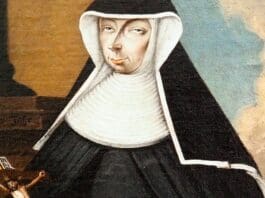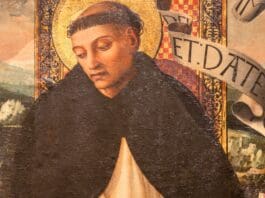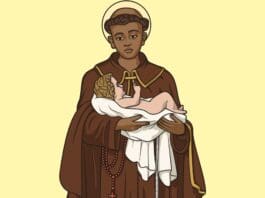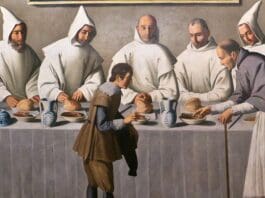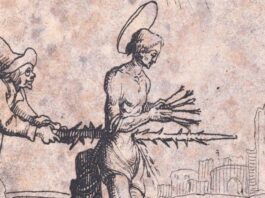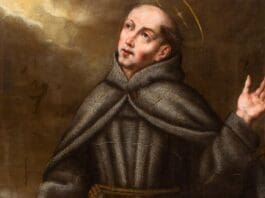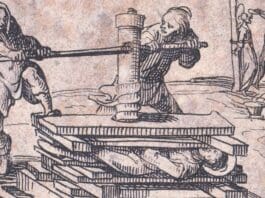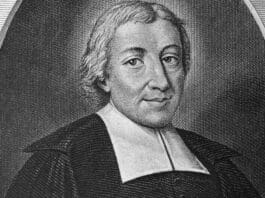
Saint John Baptist de La Salle’s life was a testament to his unwavering commitment to what he believed was his divine calling. In 1950, his pioneering efforts in education earned him the title of patron of schoolteachers by Pope Pius XII. Born into privilege in 17th century France—equipped with intellect, looks, noble lineage, wealth, and a refined upbringing—John seemed destined for a comfortable, prestigious life within the Church. At 11, he embarked on his clerical journey with the tonsure, leading to priesthood at 27.
However, destiny had a different path. A serendipitous encounter with M. Nyel of Raven sparked an interest in educating poor boys in Raven, igniting a passion that would redefine his life. Initially repelled by the work, his dedication deepened, eventually seeing it as his divine duty. This realization prompted him to forsake his wealth, status, and comfort to live among and serve the impoverished, marking a dramatic pivot in his life’s direction.
John’s legacy is inseparable from the Brothers of the Christian Schools, a religious community he founded, which flourished under his guidance. They revolutionized education for the poor, established the first teacher training college, and provided for juvenile delinquents from affluent backgrounds. His drive was fueled by a desire to cultivate devout Christians.
Despite his achievements, John’s journey was marred by challenges: he faced disillusionment and desertions within his ranks, encountered fierce resistance from traditional educators threatened by his innovative methods, and battled against the Jansenists’ austere outlook on morality and human nature—a battle he fought tirelessly.
In his final years, plagued by asthma and rheumatism, John passed away on Good Friday at the age of 68. His canonization in 1900 was a fitting tribute to a life of profound impact and selfless dedication to education and faith.
Photo credit: SVpellicom via Wikimedia Commons
The post Saint John Baptist de La Salle appeared first on uCatholic.
Daily Reading
Wednesday of the Second Week of Advent
Reading 1 Isaiah 40:25-31 To whom can you liken me as an equal? says the Holy One. Lift up your eyes on high and see who has created these things:…
Daily Meditation
Searching for the Lost One
Click here for daily readings In today’s Gospel we hear, “What is your opinion? If a man has a hundred sheep and one of them goes astray, will he not…






